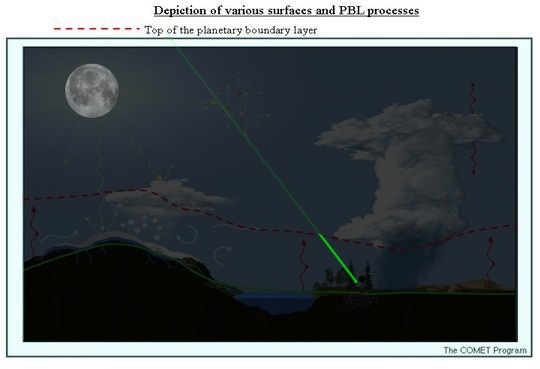- Joined
- Nov 7, 2008
- Messages
- 5,725
- Points
- 0
It's my opinion along with that posed in the educated theorizing in the links that have been provided here that it's a combination of both factors, but the bigger contributor to this effect is the aerosol factor.
Last edited:




